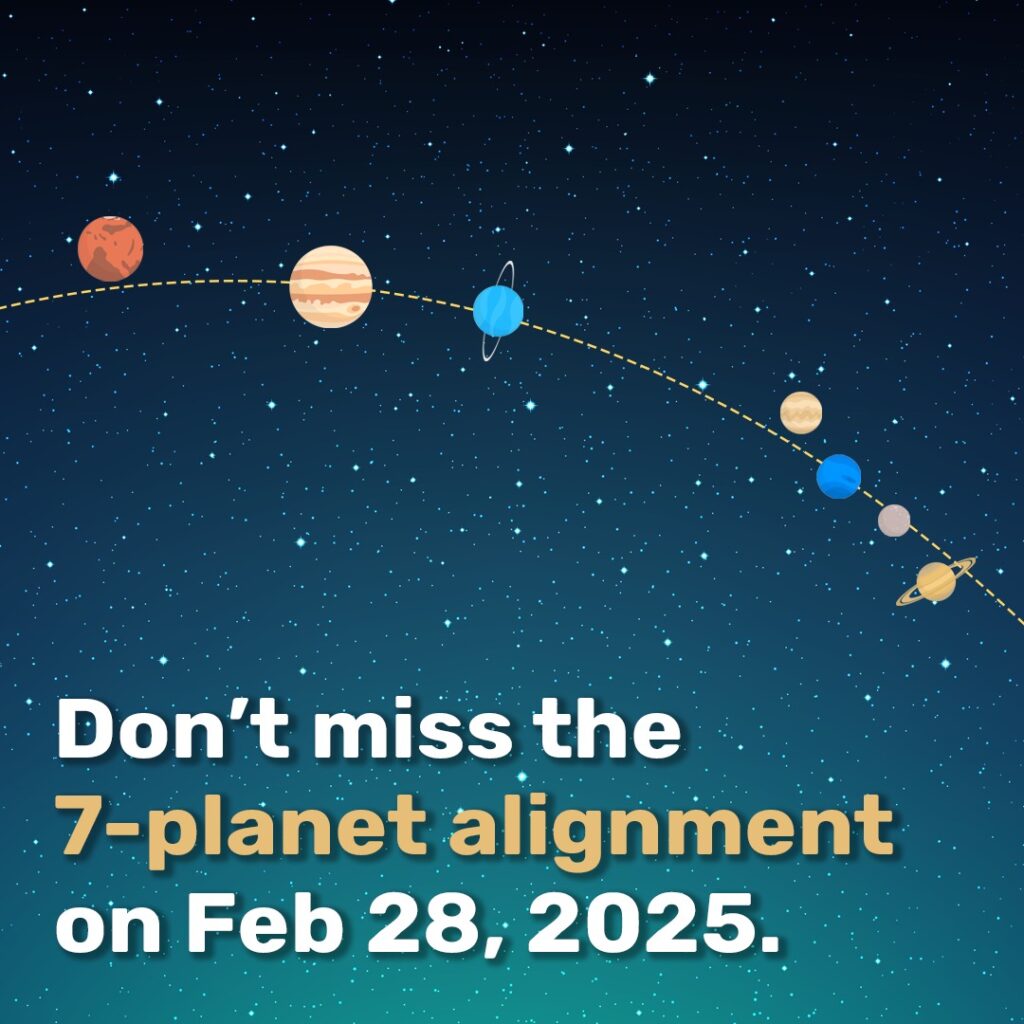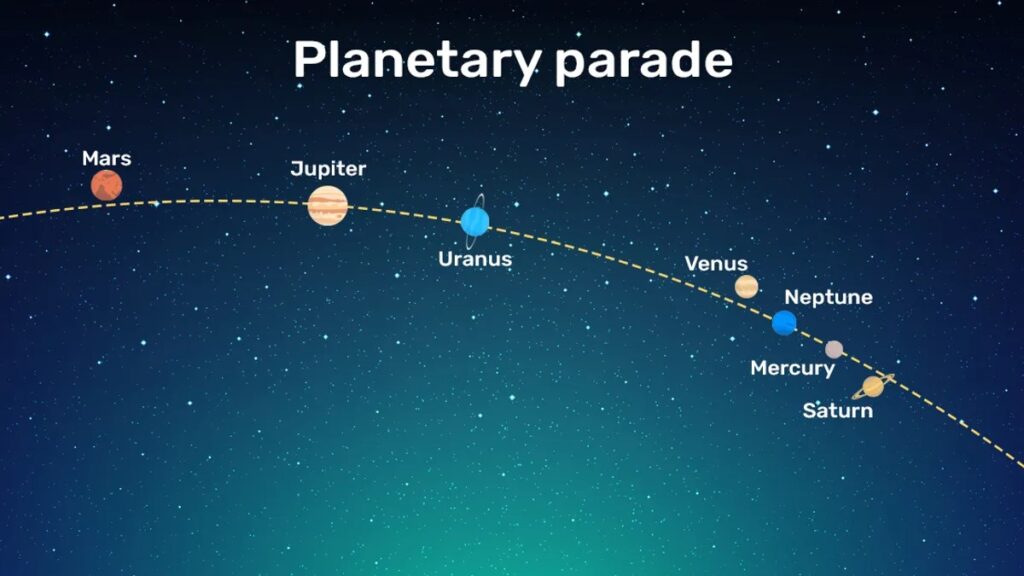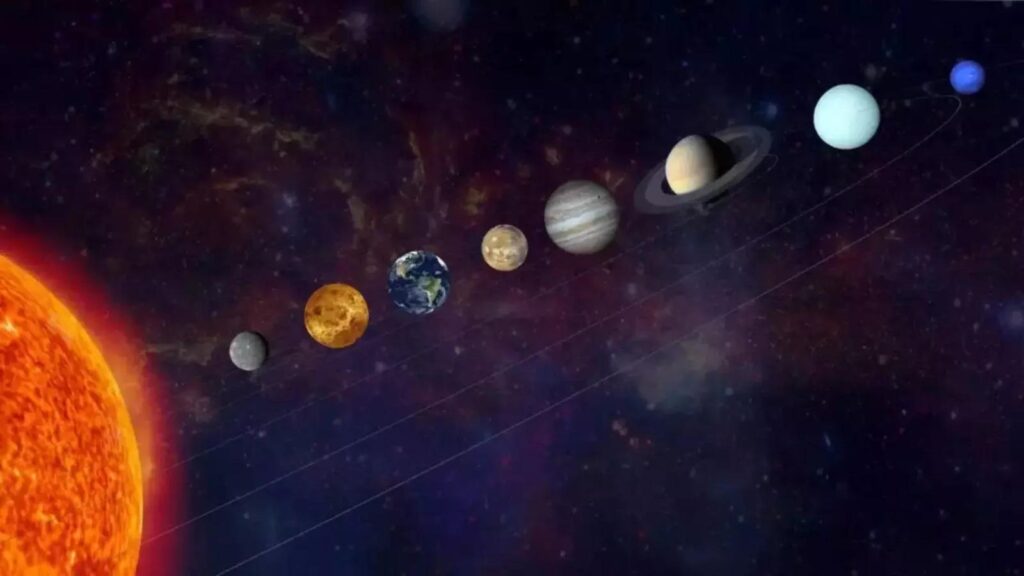
Witness a Once-in-a-Decade Astronomical Phenomenon – Here’s How to See It
For months, the night sky has been putting on a mesmerizing display, with all the planets making their grand appearance. While Uranus and Neptune require a telescope, the rest—Mercury, Venus, Mars, Jupiter, and Saturn—are visible to the naked eye. This rare planetary alignment is a spectacle you don’t want to miss, as the next opportunity won’t come until 2034!

How to See the Planetary Parade
The key to catching this breathtaking sight is timing. Start right after sunset for the best view. Here’s a simple guide to spotting all the planets in order:
1. Venus – The Brightest Beacon
Venus is the easiest to locate due to its extreme brightness. Look towards the west, slightly above the horizon, just after the Sun sets.
2. Mercury & Saturn – Low on the Horizon
Once you find Venus, trace an imaginary line toward the point where the Sun disappeared. Mercury and Saturn will appear as two bright spots near the horizon. A telescope will help you catch Neptune, which is also lurking nearby.
3. Jupiter – The Giant of the Sky
Jupiter stands out due to its massive size and steady glow. Unlike stars, which twinkle, planets shine with a constant light. Look higher in the sky to find Jupiter—an unmistakable bright object.

4. Uranus – The Hidden Gem
To locate Uranus, draw a line between Venus and Jupiter. Uranus will be about one-third of the way from Jupiter along that line. A telescope will enhance visibility.
5. Mars – The Red Planet
Mars, with its characteristic reddish hue, will appear toward the east. Its distinctive color makes it easy to identify, even in areas with light pollution.
Why This Alignment Is Special
Planetary alignments occur because all planets orbit on the ecliptic plane. However, getting all seven planets visible from Earth on one side of the Sun is an infrequent event. While smaller alignments happen more often, a full planetary parade won’t return until early 2034.

Mark Your Calendar – The Last Chance This Decade!
While this celestial show will last for a few days, Saturn will soon dip below the horizon, making this the final week to witness all planets together.
In 2034, a similar lineup will occur, but Venus and Mercury will be much closer to the Sun, making them harder to spot. Many sources incorrectly claim that the next full alignment will be in 2040, but that event will feature only the five visible planets.
Final Tips for Viewing the Planet Parade
- Find a location with minimal light pollution for the best visibility.
- Use a telescope to spot Uranus and Neptune.
- Check weather forecasts for clear skies.
- Start just after sunset to catch Mercury and Saturn before they vanish below the horizon.
This rare planetary parade is a once-in-a-decade event. Don’t miss your chance to witness one of nature’s most awe-inspiring spectacles!

Leave a Reply